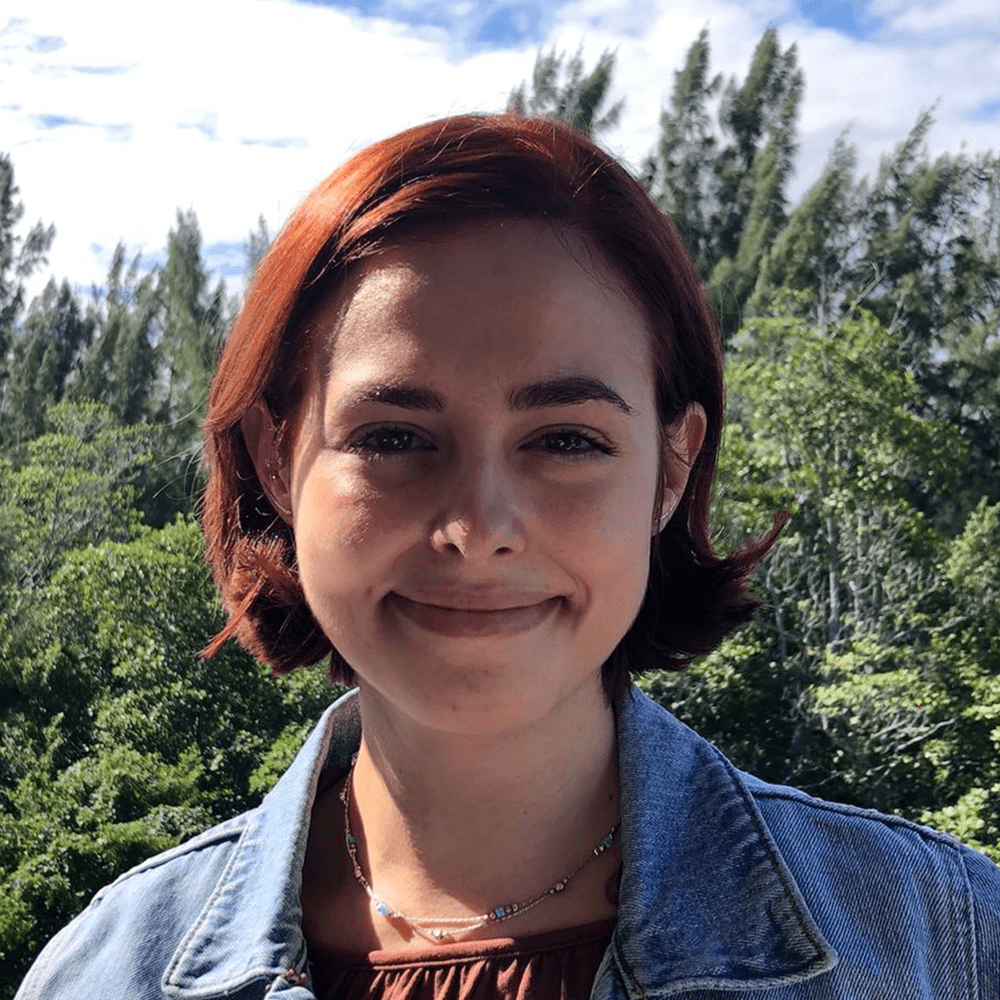With the same team members as in December, all went very smoothly with collecting coral and water samples from the nursery sites, photographing the fragments for growth, as well as conducting the overnight thermal stress experiment. An addition to the stress assay system, including a powerful pump to bring seawater up the stairs at the Buddy Dive resort, was a welcome improvement to the previous system of carrying the buckets of water by hand. Serena was also able to improve the temperature control code for a fully automated temperature profile, exposing half of the coral nubbins to thermal stress while keeping half of them at ambient temperatures for comparison.
Once the coral samples collected during this trip are back in the lab, in addition to measurements of coral performance, Serena also hopes to analyze the genes being expressed by different corals. This will provide a better understanding of the cellular and physiological differences between corals grown in different environments. This analysis will also help describe the molecular mechanisms that can help corals “remember” prior exposure to different environmental conditions. As corals don’t have a nervous system with a brain to hold actual memories, the EELab team predicts that this “memory” must be maintained by differences at the cellular level. Mechanisms likely involved in coral environmental memory include epigenetic modifications that can change and also maintain different patterns of gene expression (e.g., certain genes turned “on” while others are turned “off”) in response to the environment.
Given the timing of this trip near the full moon, the team was able to add a very unique night dive to the schedule. A few days after the full moon, about an hour after sunset, the reefs of Bonaire host a spectacular light show. After watching a beautiful Bonaire sunset and suiting up, the team swam out over the reef to a sandy patch between corals. Next came the slightly scary part- turning all flashlights OFF. Settled on the bottom of the ocean in complete darkness, a swipe of a hand resulted in a glittering display of bioluminescence (“light produced from living things”) from microscopic plankton. But this was just the opening act. After a few minutes of darkness, the previously-dark reef seemed to come alive with sparkles of light appearing and quickly disappearing in every direction. Ostracods, tiny crustaceans, produce blue/green bioluminescent chemicals in a spiral shape during their spawning or “mating” ritual and Bonaire is one of the few places in the Caribbean where this show can be witnessed. This dive was a special treat for all of the team members as most had never seen anything like it before.
This work has been made possible by support from Reef Renewal Foundation Bonaire, FIU CREST-CAChE, The Lerner-Gray Fund for Marine Research, and the Iberostar Wave of Change Rebuilding Coral Reefs Scholarship.













